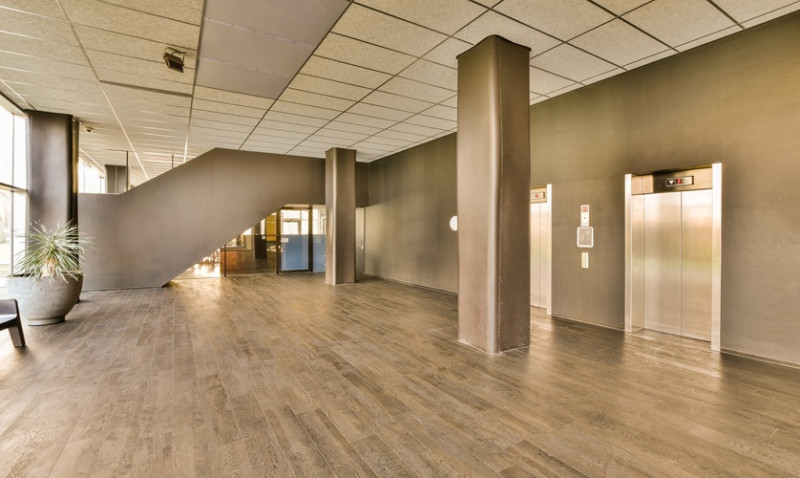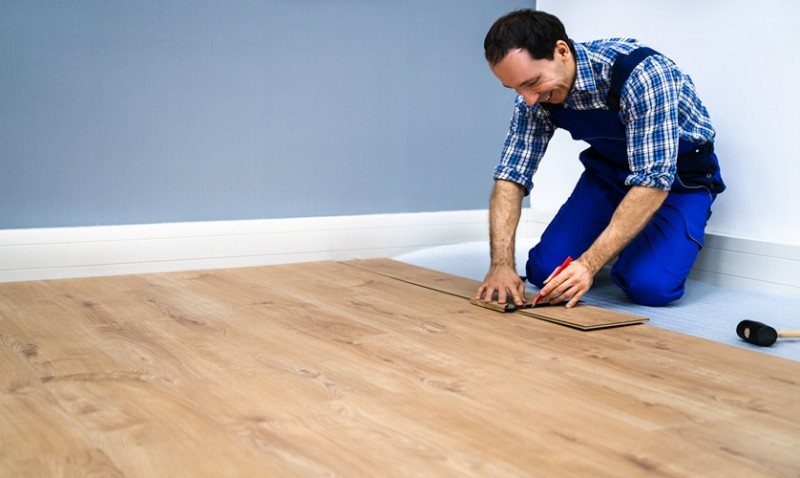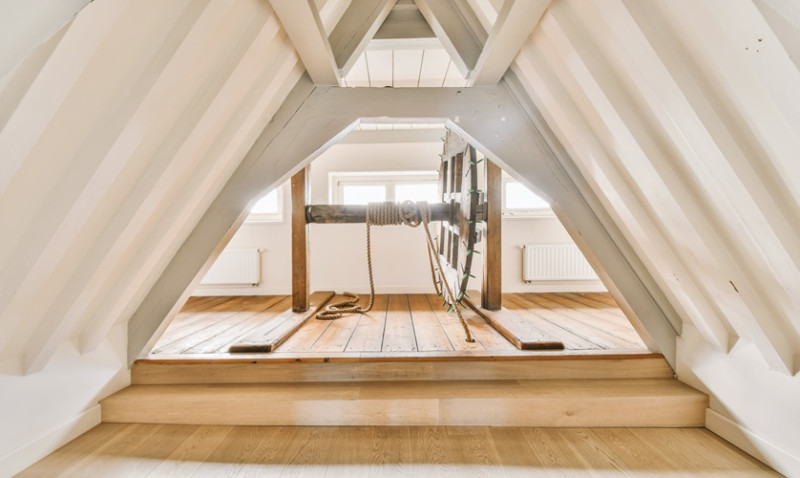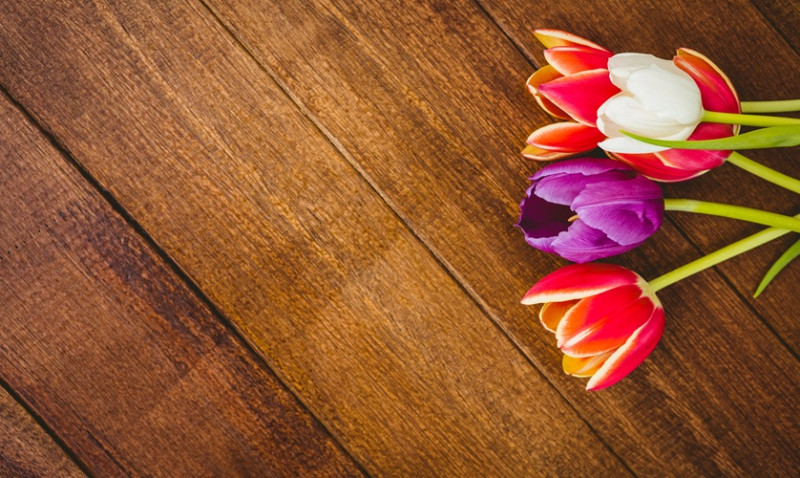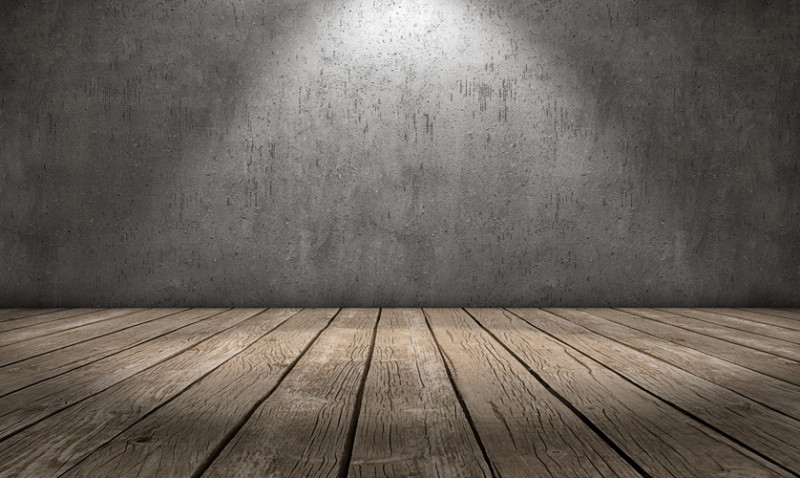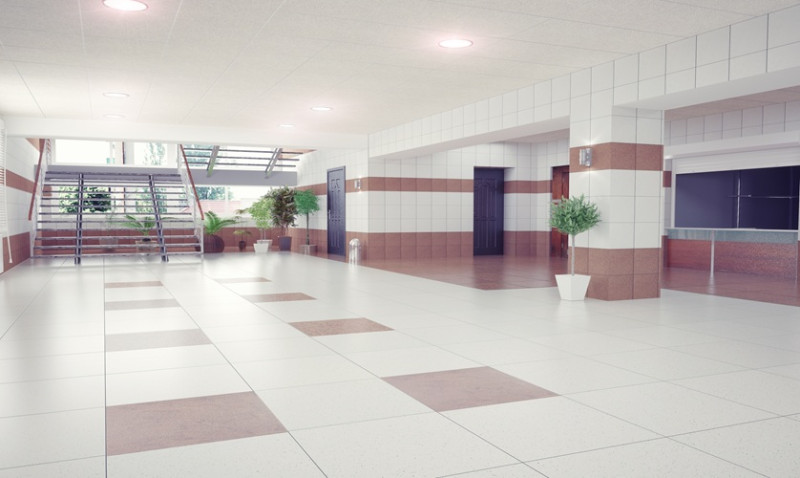
When it comes to choosing the perfect flooring for your home or next interior project in the UK, the debate often comes down to three standout options: engineered hardwood, luxury vinyl plank (LVP), and solid hardwood. Each offers its own distinct blend of style, durability, installation complexity, and cost. Whether you're a DIY enthusiast taking your first shot at installing flooring or a seasoned architect advising clients, understanding the nuances between these three types is key to a successful and lasting home transformation.
This article will break down the pros and cons of installing engineered hardwood, luxury vinyl plank, and solid hardwood — helping you make the right decision based on your budget, skill level, and design preferences. We'll also factor in unique considerations for the UK climate, typical home builds, and modern interior design demands.
1. Engineered Hardwood Flooring
Engineered hardwood is a popular choice in the UK for homeowners who want the authentic look of real wood but with increased stability and easier installation. It’s made from a top layer of real hardwood veneer over multiple layers of high-density fiberboard (HDF) or plywood, which offers durability and reduces warping risks.
Installation options are more flexible with engineered wood compared to solid hardwood. Most boards are designed with a click-lock system or tongue-and-groove joints, suitable for floating installation, glue-down, or even stapling — depending on the subfloor. This flexibility makes it a great option for both professional fitters and confident DIYers.
One of the key advantages in the UK context is engineered wood’s moisture resistance. With British weather often resulting in fluctuating humidity levels, homes — especially older ones — can benefit from a material that’s less prone to expanding and contracting compared to solid hardwood.
Engineered hardwood can usually be installed over concrete or underfloor heating, making it an ideal option in modern builds or renovated flats. That said, the top veneer layer can only be sanded and refinished once or twice in its lifetime, so if long-term wear is a concern, this might be a limiting factor.
As for aesthetics, engineered hardwood delivers the natural look of wood — oak, walnut, ash, and more — which can boost the feel of luxury in a room. Many UK retailers now offer wide planks, distressed finishes, and UV-cured coatings that look stunning and age beautifully over time.
2. Luxury Vinyl Plank (LVP) Flooring
Luxury vinyl plank (LVP) has quickly become a go-to material for modern UK homes, rentals, and high-traffic areas such as kitchens and hallways. It mimics the look of wood or stone but is made from multiple layers of synthetic material including PVC vinyl, with a photographic printed layer to replicate the desired look.
One of the biggest advantages with LVP is its water resistance. Many products are 100% waterproof, making them ideal for bathrooms, basements, or homes in damp regions. For British households concerned about moisture or mould, LVP offers peace of mind without the warped floorboards or swelling commonly seen with wood flooring.
Installation is very straightforward — most LVP products come with click-lock systems that allow for a floating floor install. With little to no glue required and minimal subfloor prep, it’s a perfect weekend project for a DIYer, even with limited experience or tools.
LVP is also highly durable and scratch-resistant. It’s a great option for homes with kids, pets, or heavy footfall. Many brands offer warranties of 15–30 years, and with a cushioned underlayer, it can be more comfortable underfoot than hardwood alternatives.
Cost-wise, LVP often sits at the more affordable end of the spectrum. However, not all vinyl flooring is created equal — some budget options may feel plastic-like or have poor print quality. It's worth investing in a good brand to ensure you get realistic visuals and reliable performance.
3. Solid Hardwood Flooring
Solid hardwood represents the classic, timeless choice and is often regarded as the premium flooring option. Each board is cut from a single piece of wood, which means it can last a lifetime — or even longer — with proper care. In historic homes or high-end projects across the UK, solid hardwood adds unmatched character and market value.
However, solid wood flooring isn’t the easiest when it comes to installation. It typically requires nailing or stapling, and the subfloor must be perfectly level and dry. This makes it a tricky choice for DIYers unless they have some experience. In older UK properties, where floor levels can be uneven, the prep work alone can be extensive.
In terms of moisture sensitivity, solid hardwood is the most vulnerable of the three. It can expand or contract with humidity changes, so it's best avoided in bathrooms or lower-ground floors. Homes with underfloor heating will also need to avoid real solid wood due to the potential for cracking and warping.
That said, solid wood offers the benefit of unlimited refinishing. If you get scratches, gouges, or want to change the colour, a proper sanding and sealing can restore the floor to as-new condition. That longevity can justify the higher upfront investment, particularly for long-term homeowners.
In terms of design, the appeal of real wood — particularly UK favourites like oak, pine, and beech — cannot be beaten. There's a richness in tone and grain pattern that no engineered or vinyl product can fully replicate.
Installation Comparison Table
| Feature | Engineered Hardwood | Luxury Vinyl Plank (LVP) | Solid Hardwood |
|---|---|---|---|
| Installation Difficulty | Moderate – Click-lock or glue-down | Easy – Click-lock, beginner-friendly | Hard – Nail-down or staple, professional recommended |
| Suitable for DIY | Yes – with experience or guidance | Excellent – ideal for beginners | No – professional installer required |
| Moisture Resistance | Good – better than solid wood | Excellent – waterproof options available | Poor – sensitive to moisture |
| Longevity | 20–30 years | 10–25 years | 50+ years (with refinishing) |
| Cost | Mid-range | Low to Mid-range | High |
| Appearance | Real wood surface, natural aesthetic | Photographic print of wood/stone | Solid, authentic wood grain |
| Underfloor Heating Compatible | Yes | Yes | No |
Which One Is Right For You?
Choosing between engineered hardwood, LVP, and solid hardwood will ultimately depend on your lifestyle, budget, installation skill level, and the rooms you plan to refurbish. For example, if you're upgrading a living room in a modern flat with underfloor heating, engineered hardwood offers the best blend of looks and practicality. For bathrooms or rentals, LVP is tough to beat with its waterproofing and easy upkeep.
If budget is flexible and you’re designing a dream home or restoring an older property, solid wood may be worth the added cost and effort. Its luxurious feel and long-term potential for refinishing makes it a true investment — both in terms of aesthetics and property value.
For professionals like architects, interior designers, and tradesmen, understanding these differences can help tailor your recommendations more effectively and align with your clients' practical needs and design goals.
Ultimately, every flooring option has its place. By weighing installation methods alongside everyday durability and visual appeal, you can ensure a choice that performs beautifully for years to come — and enhances the character of any UK home, whether it's a Victorian terrace or a newly built apartment.
